David Adjaye’s Spyscape museum opens in New York
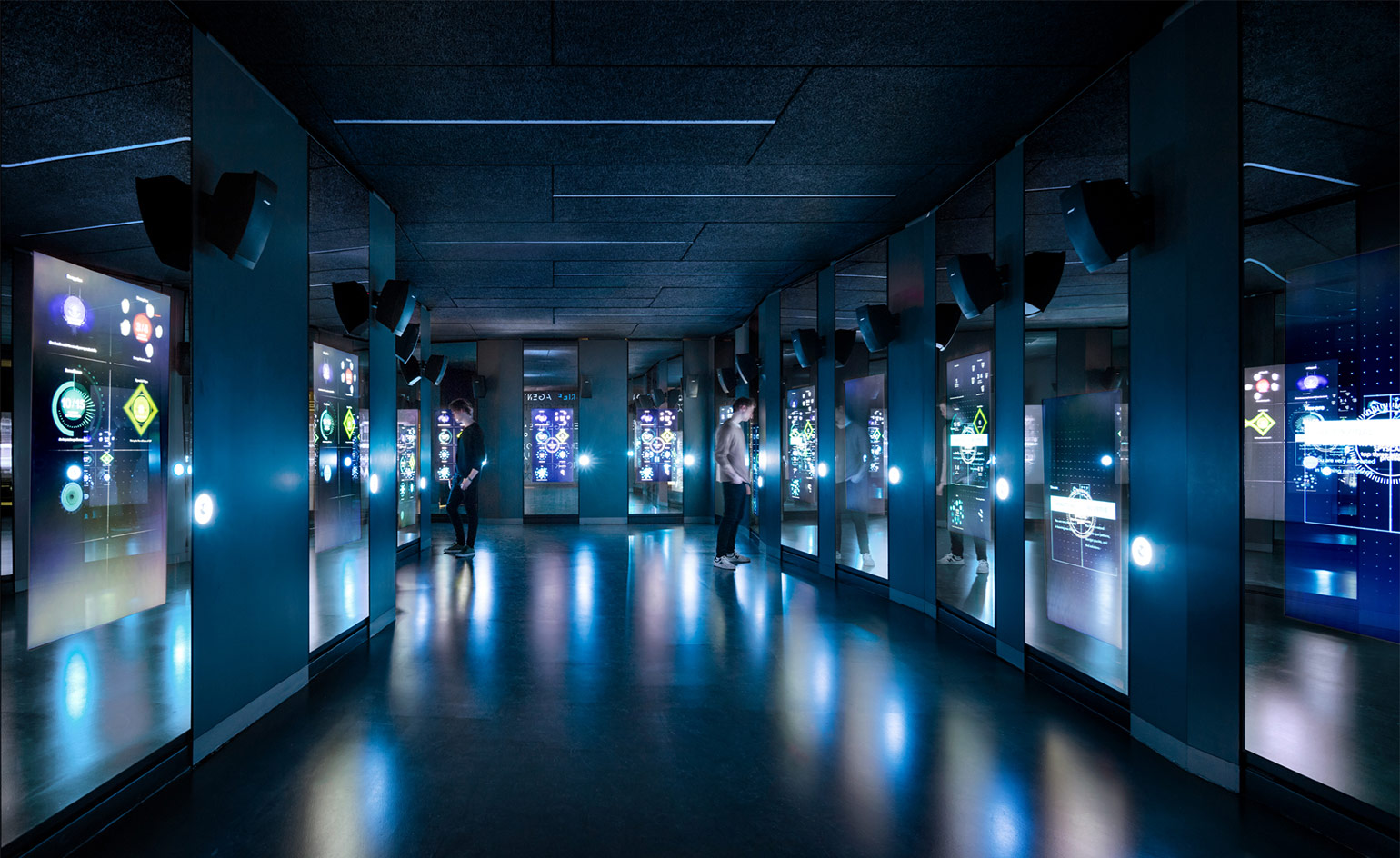
Located on the first three levels of a Midtown Manhattan’s 928 8th Avenue, Adjaye Associates’ Spyscape is part museum and part interactive funhouse, showcasing the espionage world’s stories, tools and characters and offering visitor challenges that range from surveillance skills to special ops training.
Adjaye, which developed Spyscape’s architectural, exhibition, and even fixture design, worked closely with advisors like museum officials, former intelligence agency directors, and ex-hackers, creating a complex that immerses you in the mystery, intrigue, smarts, and subterfuge of spying.
The multi-level museum’s labyrinthine exhibition spaces are organized around seven spy-related themes, including encryption, surveillance, deception and hacking. Within each you meet key characters related to the subject (like Robert Hanson, a notorious mole for the KGB, and Virginia Hall, the one-legged spy who fled the Nazis over the Pyrenees), peruse artifacts (like dominoes with tools hidden inside, spy plane cameras, and code-protecting Enigma Machines from WWII), and take part in a related skill challenge (like lie detection and interrogation practice and the Special Ops laser tunnel, in which you duck and jump over laser beams to prove your dexterity.)
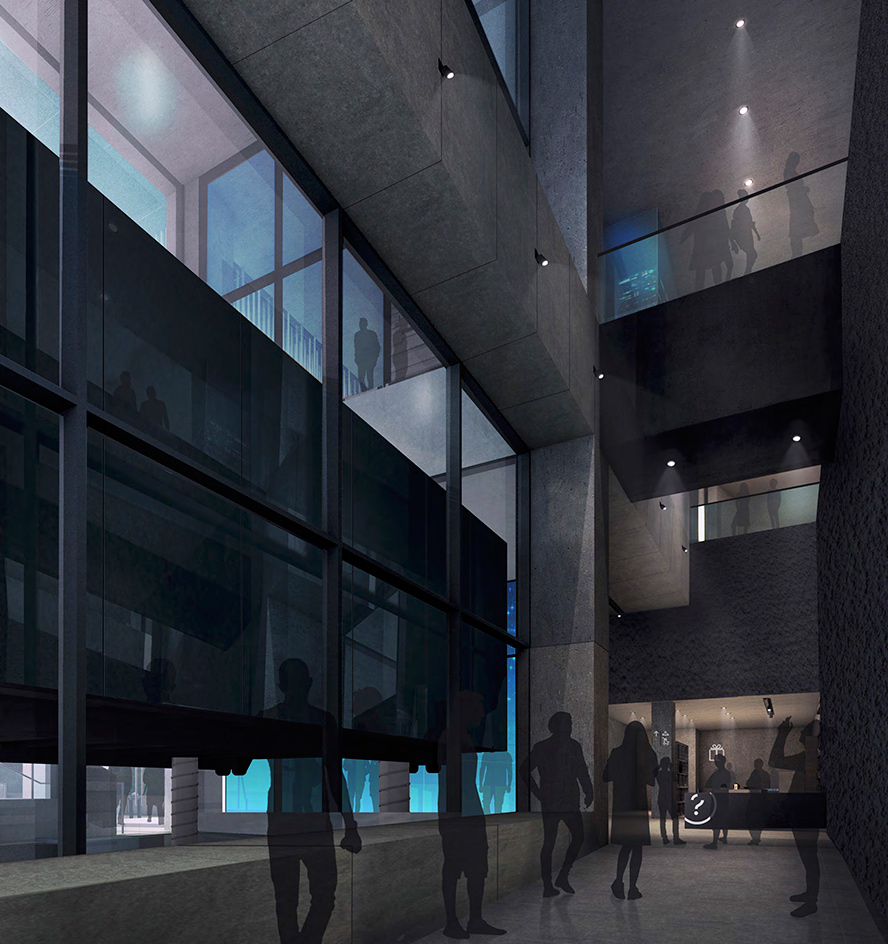
David Adjaye's design for the Spyscape interior
Visitors each receive an identity band, tracking their progress, and their experience ends with a debrief, analyzing their skillset and suggesting what spy-related roles they could hold.
Until you reach that debrief you advance from room to room, inundated with visual stimuli intended to overwhelm you, intrigue you, make you feel watched, and hint at what’s to come, like cuts between floors, peeks into other galleries, translucent screens, smoked glass windows and doors, and varied lighting, ranging from flashing LEDs to traditional museum lighting. Sinister, shadowy finishes and fixtures include dark fiber cement walls, gray acoustic paneling, stainless steel kiosks, and reflective black linoleum and polished concrete floors, sometimes imbedded with LEDs.
A few galleries stand alone, like a raised timber viewing platform and the surveillance pavilion, a weathered steel drum filled with programmable surveillance technology. The museum also holds event spaces, offices, a bookstore, and, of course, a spy gift shop.
‘It’s a very different take on what a museum is,’ says Adjaye Associates’ Josh Ellman. ‘People are engaged rather than just consuming information passively.’ The firm’s kinetic, foreboding, engrossing design, and the sense that you’re being tracked, drive home the chilling point that espionage these days isn’t just limited to spies. Corporations, governments, and just about everyone else is doing it too.
‘We show how the world of espionage is all around you,’ notes Shelby Prichard, Spyscape’s US chief of staff.
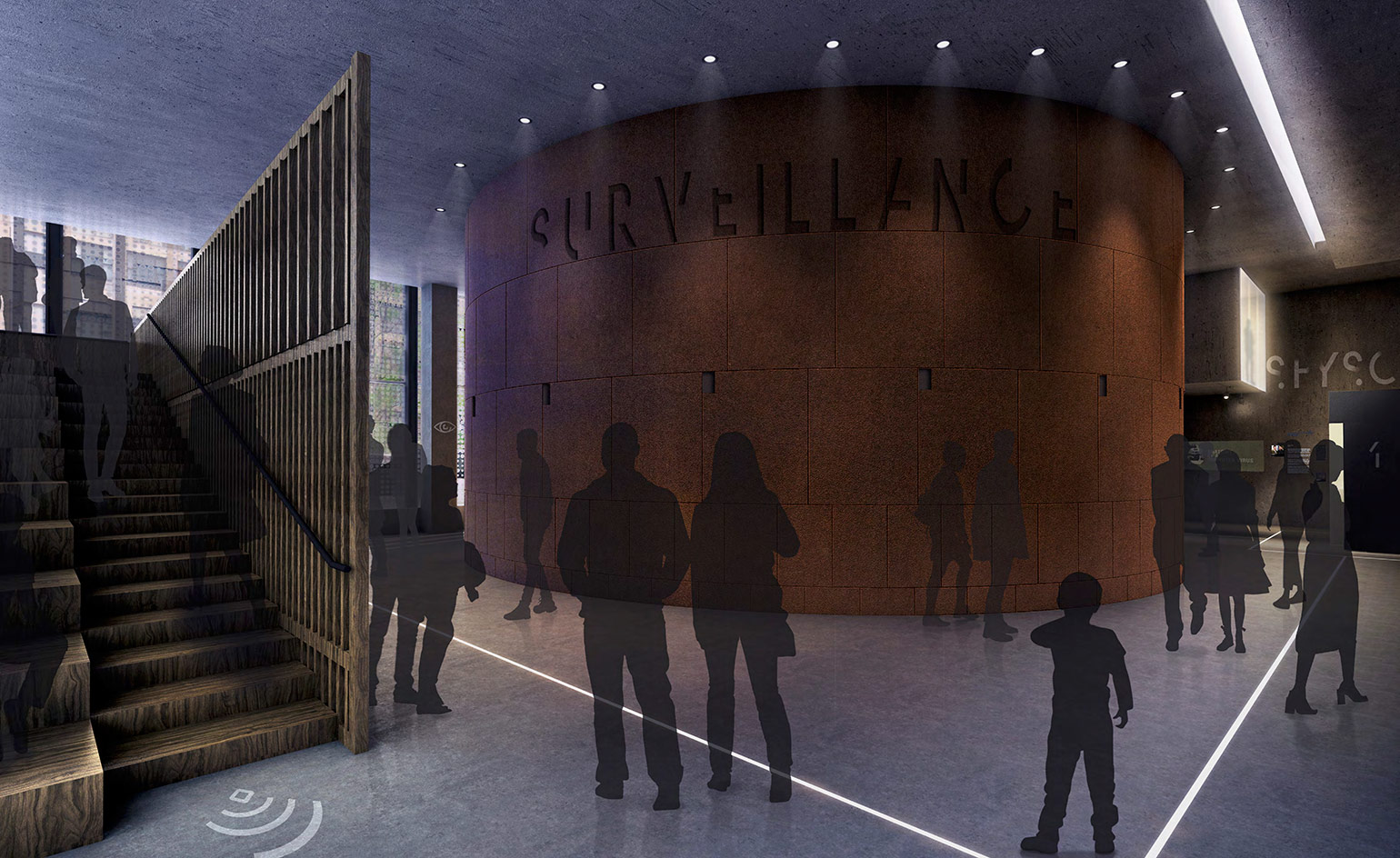
The interior architecture has been developed by Adjaye to include exhibition spaces, event spaces, offices, a bookstore, and, of course, a spy gift shop
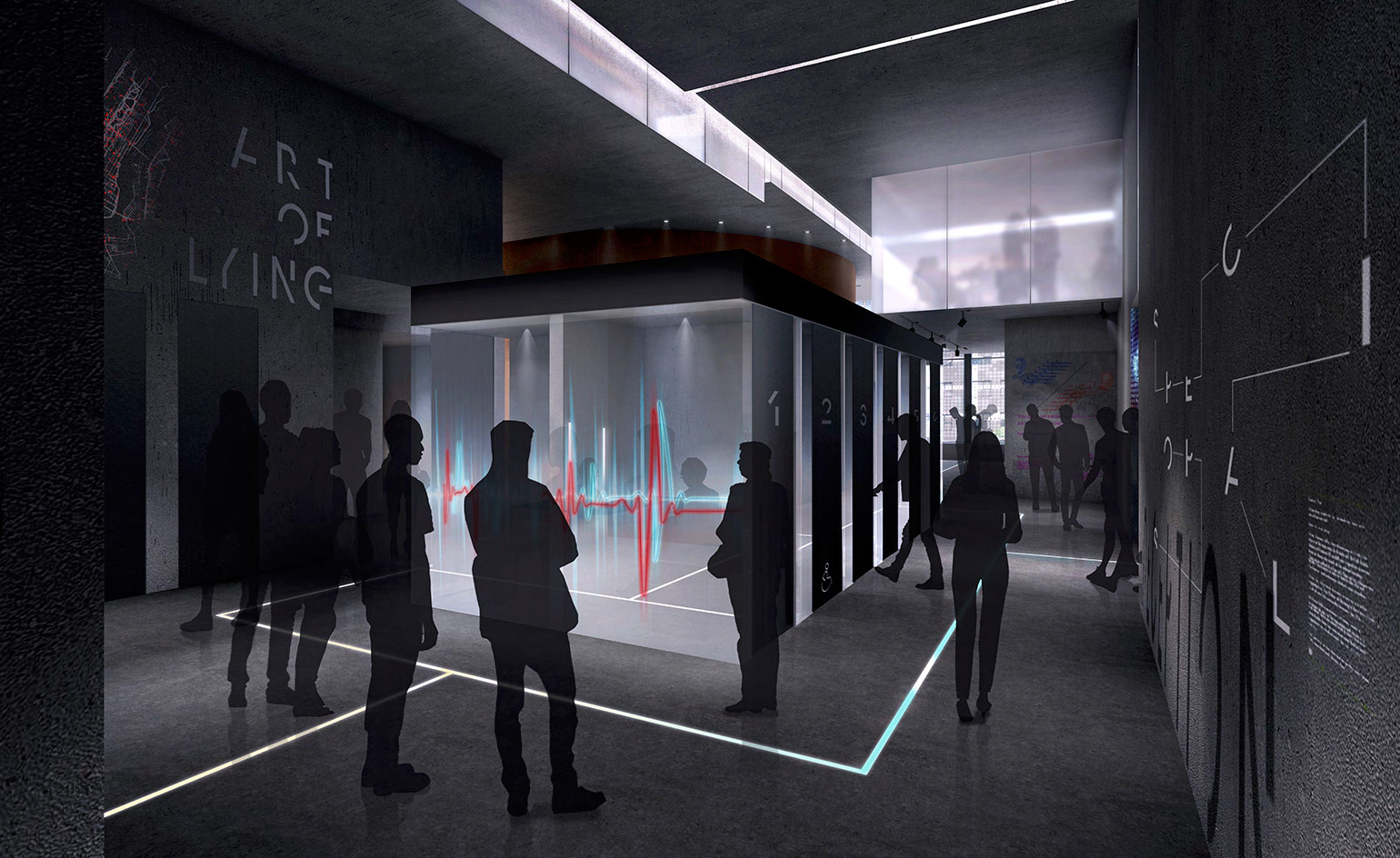
Sinister, shadowy finishes and fixtures include dark fiber cement walls, gray acoustic paneling, stainless steel kiosks, and reflective black linoleum and polished concrete floors
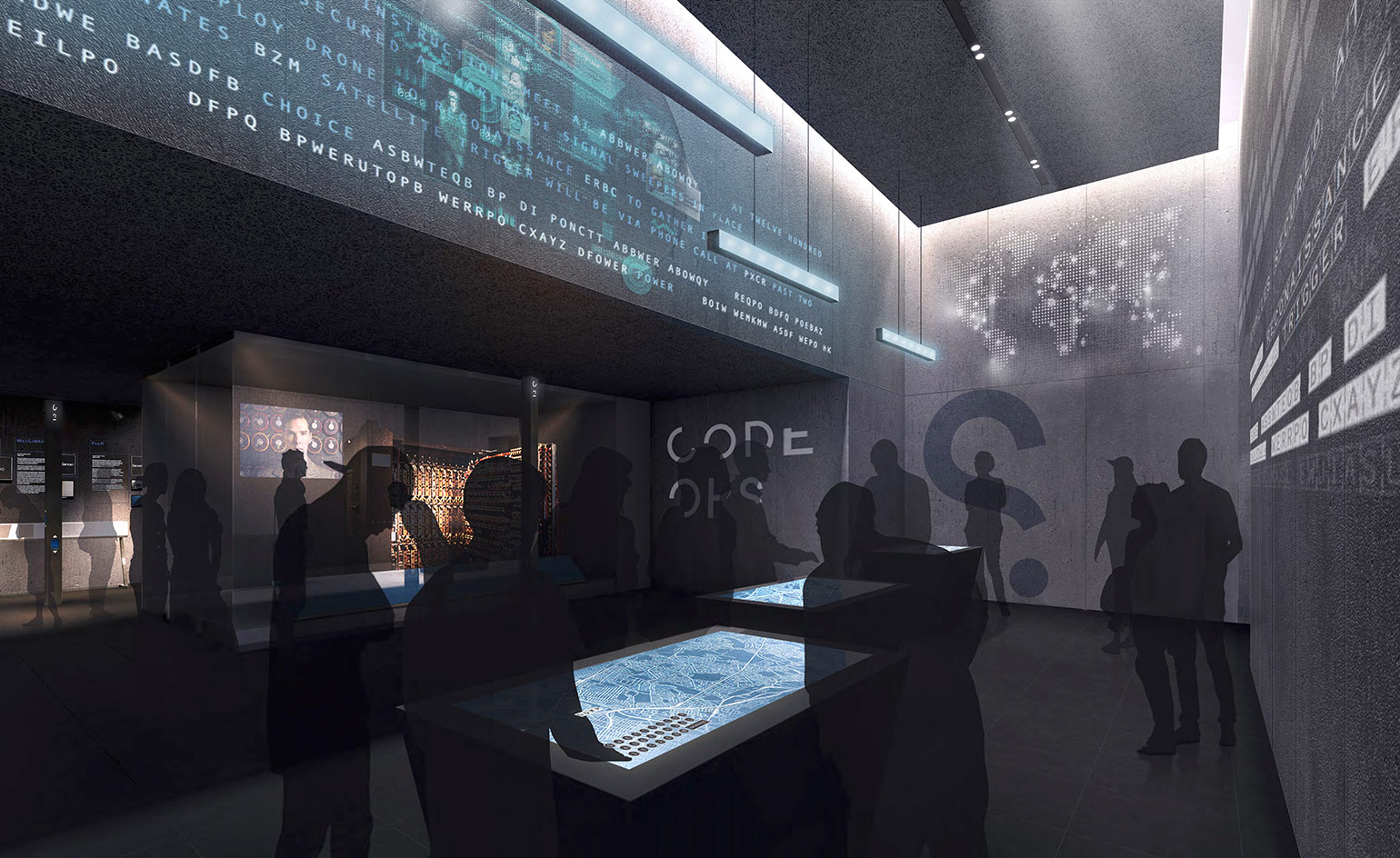
The architecture invites intrigue with cuts between floors, peeks into other galleries, translucent screens and smoked glass windows
INFORMATION
For more information, visit the David Adjaye Associates website and the Spyscape website
ADDRESS
Spyscape
928 8th Ave
New York
NY 10019
USA
Receive our daily digest of inspiration, escapism and design stories from around the world direct to your inbox.
-
 Gorden Wagener leaves the helm of Mercedes-Benz design after 28 years with the company
Gorden Wagener leaves the helm of Mercedes-Benz design after 28 years with the companyThe German designer is stepping down from the role of chief design officer at Mercedes-Benz. We look back at his influence and impact on the world of automotive and luxury design
-
 These Christmas cards sent by 20th-century architects tell their own stories
These Christmas cards sent by 20th-century architects tell their own storiesHandcrafted holiday greetings reveal the personal side of architecture and design legends such as Charles and Ray Eames, Frank Lloyd Wright and Ludwig Mies van der Rohe
-
 Lucila Safdie’s ‘feminine and surreal’ womenswear is inspired by teenage bedrooms and internet lore
Lucila Safdie’s ‘feminine and surreal’ womenswear is inspired by teenage bedrooms and internet loreThe latest in our Uprising series, the Central Saint Martins graduate is honing a pastel-shaded vision rooted in depictions of girlhood in film and literature
-
 Step inside this resilient, river-facing cabin for a life with ‘less stuff’
Step inside this resilient, river-facing cabin for a life with ‘less stuff’A tough little cabin designed by architects Wittman Estes, with a big view of the Pacific Northwest's Wenatchee River, is the perfect cosy retreat
-
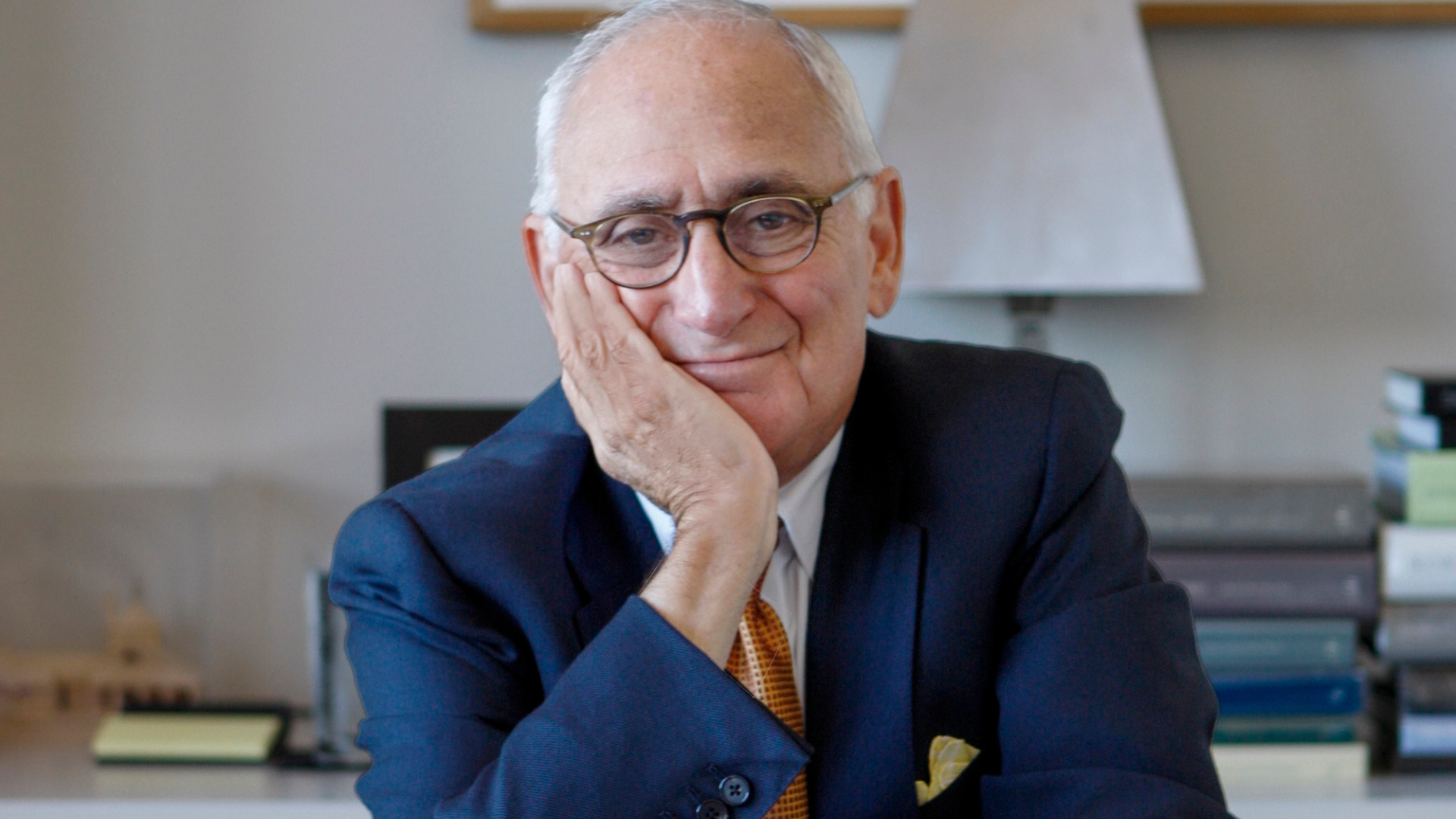 Remembering Robert A.M. Stern, an architect who discovered possibility in the past
Remembering Robert A.M. Stern, an architect who discovered possibility in the pastIt's easy to dismiss the late architect as a traditionalist. But Stern was, in fact, a design rebel whose buildings were as distinctly grand and buttoned-up as his chalk-striped suits
-
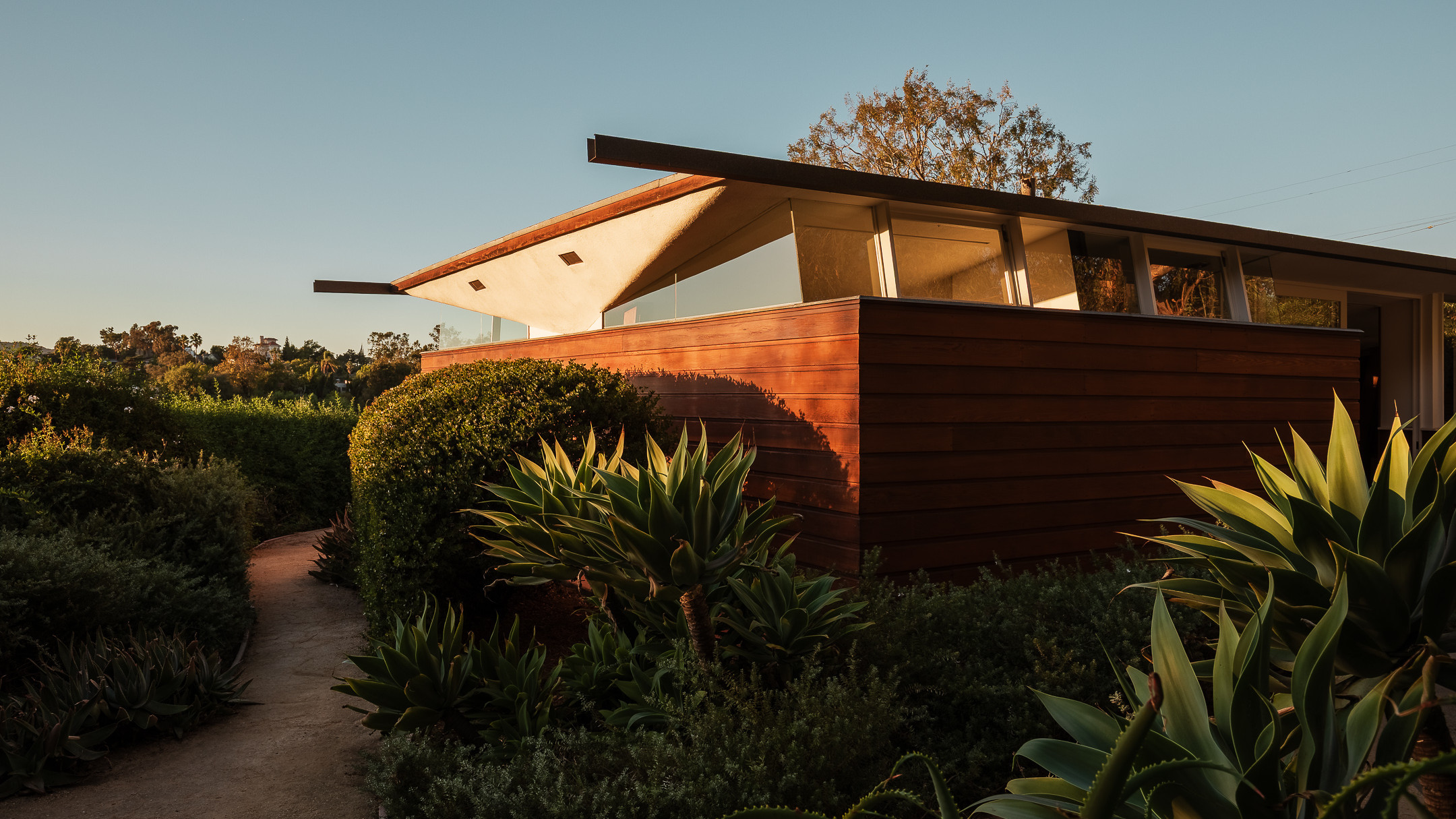 Own an early John Lautner, perched in LA’s Echo Park hills
Own an early John Lautner, perched in LA’s Echo Park hillsThe restored and updated Jules Salkin Residence by John Lautner is a unique piece of Californian design heritage, an early private house by the Frank Lloyd Wright acolyte that points to his future iconic status
-
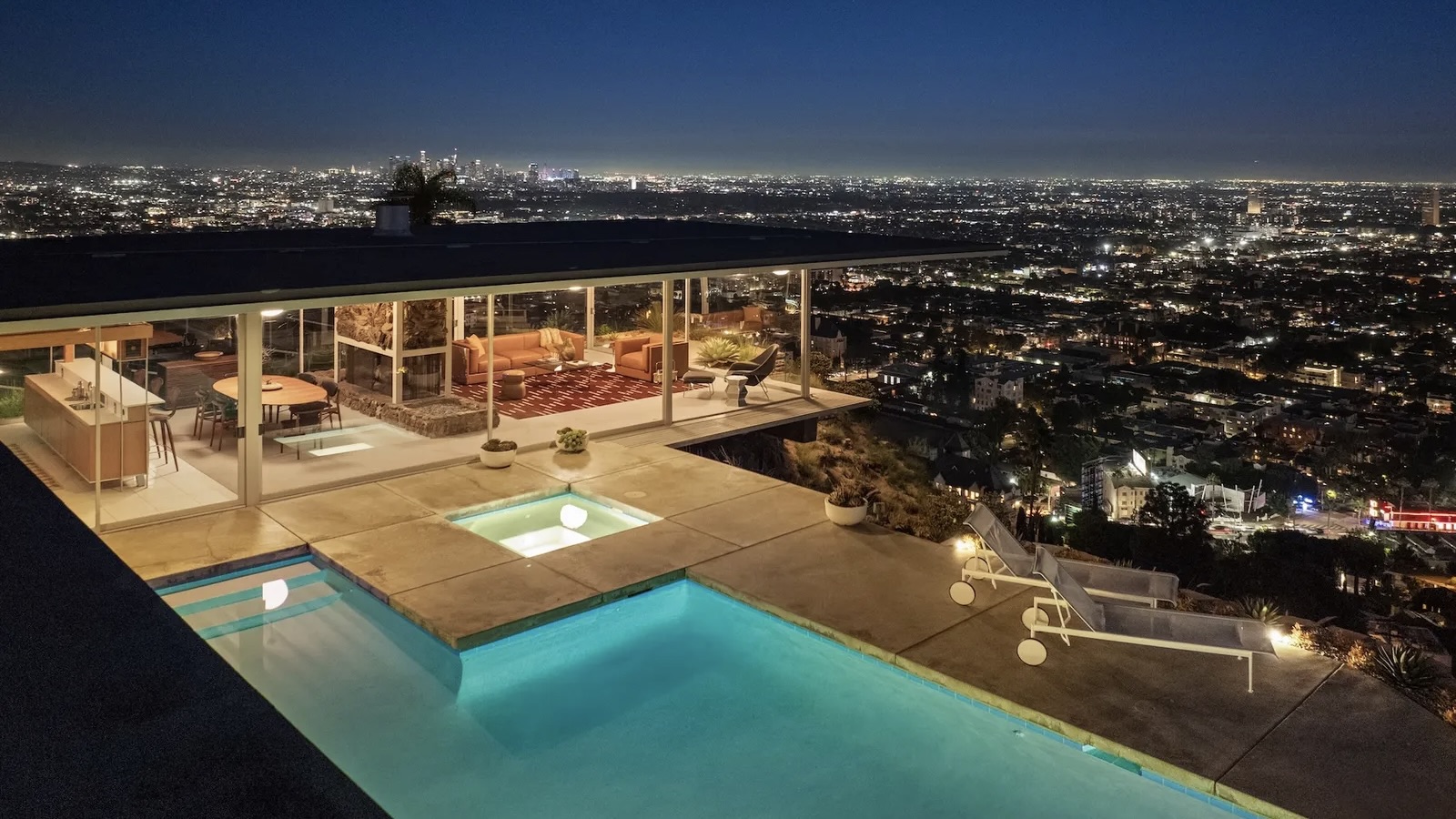 The Architecture Edit: Wallpaper’s houses of the month
The Architecture Edit: Wallpaper’s houses of the monthFrom wineries-turned-music studios to fire-resistant holiday homes, these are the properties that have most impressed the Wallpaper* editors this month
-
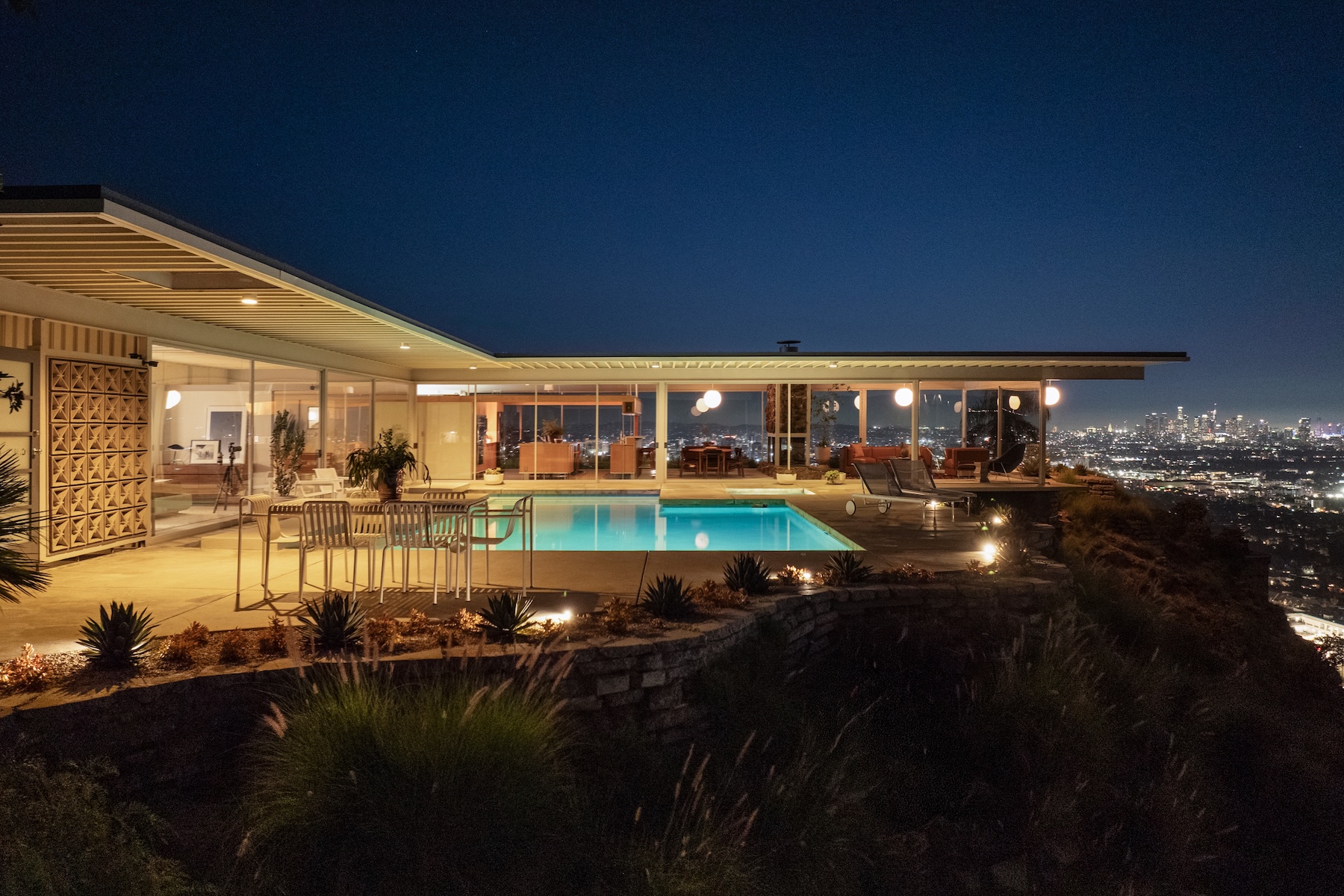 The Stahl House – an icon of mid-century modernism – is for sale in Los Angeles
The Stahl House – an icon of mid-century modernism – is for sale in Los AngelesAfter 65 years in the hands of the same family, the home, also known as Case Study House #22, has been listed for $25 million
-
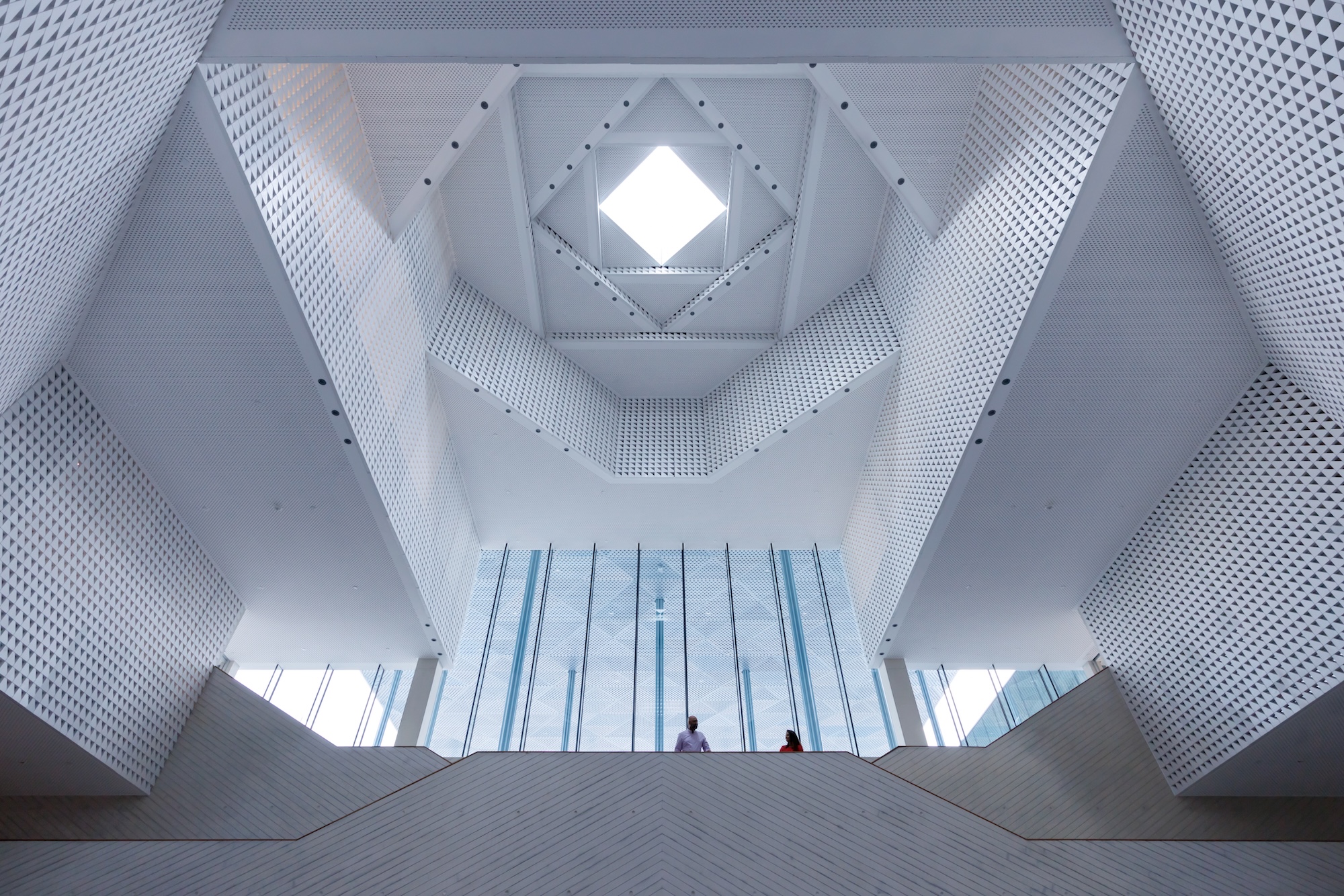 Houston's Ismaili Centre is the most dazzling new building in America. Here's a look inside
Houston's Ismaili Centre is the most dazzling new building in America. Here's a look insideLondon-based architect Farshid Moussavi designed a new building open to all – and in the process, has created a gleaming new monument
-
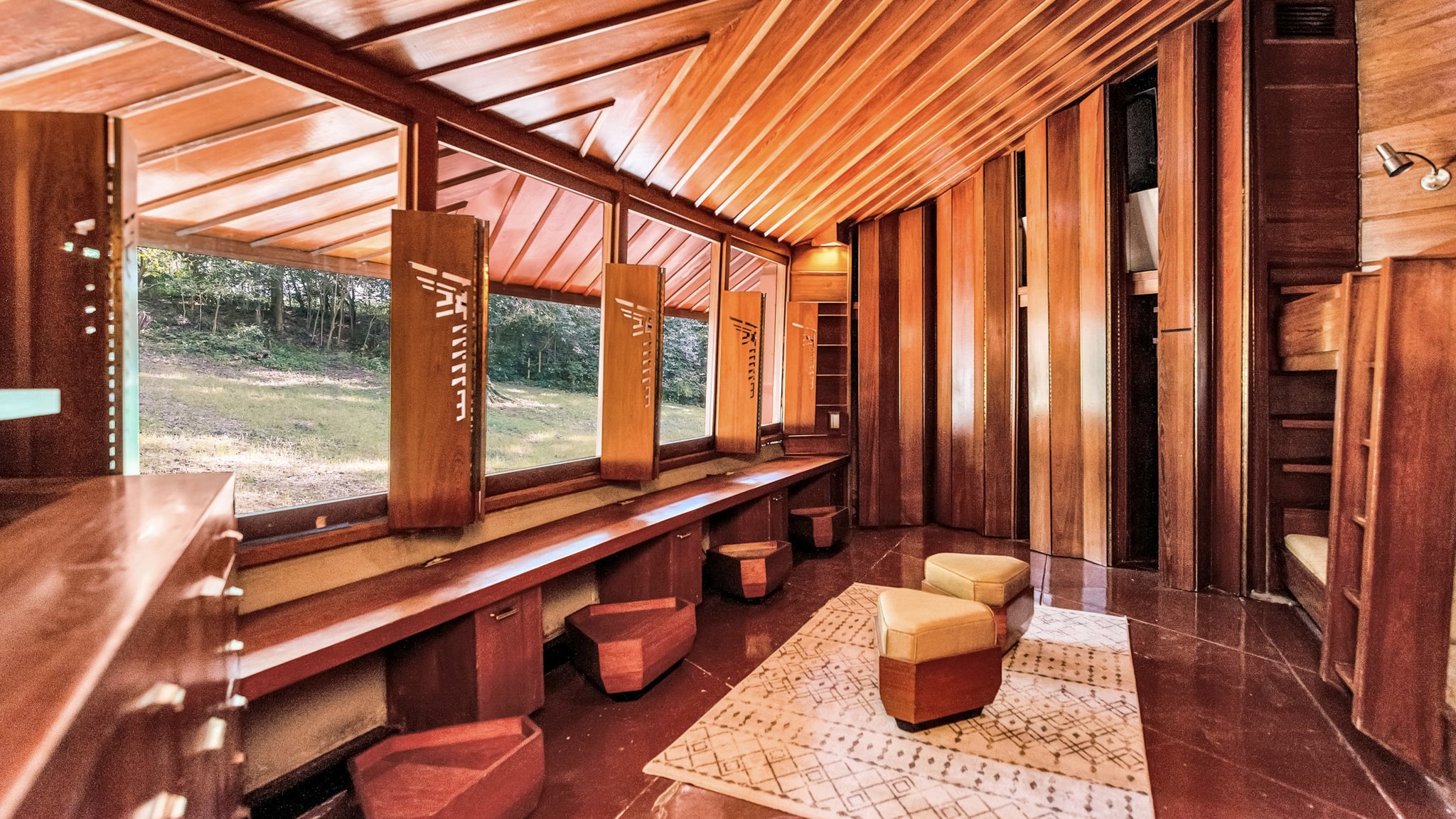 Frank Lloyd Wright’s Fountainhead will be opened to the public for the first time
Frank Lloyd Wright’s Fountainhead will be opened to the public for the first timeThe home, a defining example of the architect’s vision for American design, has been acquired by the Mississippi Museum of Art, which will open it to the public, giving visitors the chance to experience Frank Lloyd Wright’s genius firsthand
-
 Clad in terracotta, these new Williamsburg homes blend loft living and an organic feel
Clad in terracotta, these new Williamsburg homes blend loft living and an organic feelThe Williamsburg homes inside 103 Grand Street, designed by Brooklyn-based architects Of Possible, bring together elegant interiors and dramatic outdoor space in a slick, stacked volume